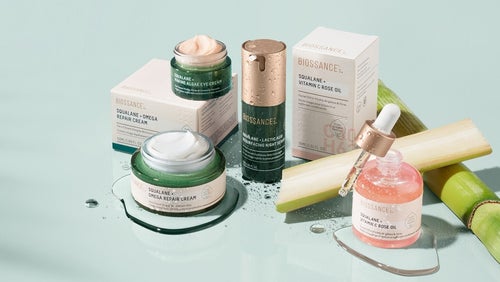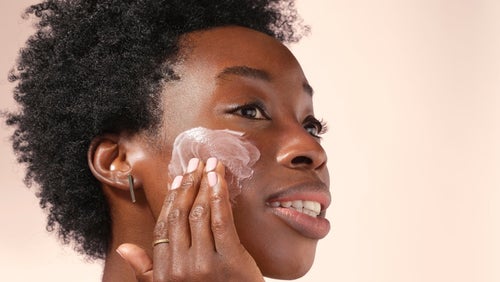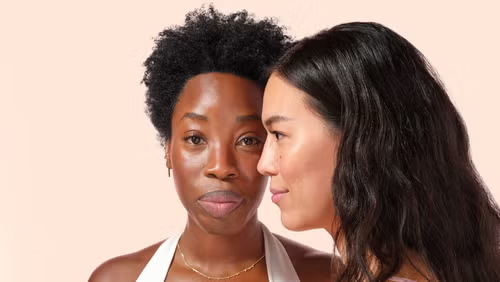Latest Articles
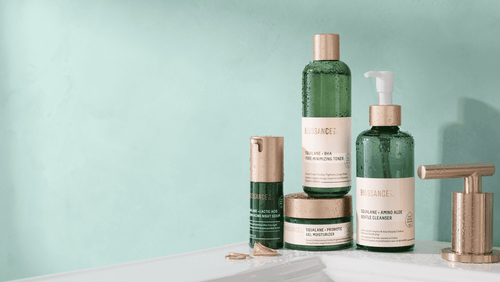
How to Get Rid of Blemishes Fast: Effective Remedies That Work
Struggling with stubborn blemishes that won’t disappear? You’re not alone. Whether it’s a surprise pimple before an important event or lingering dark spots from previous breakouts, blemishes can significantly impact your confidence and self-image. At Biossance, our clinically backed, science-first approach to skincare will help you achieve clearer skin with clean, effective ingredients. While there’s […]
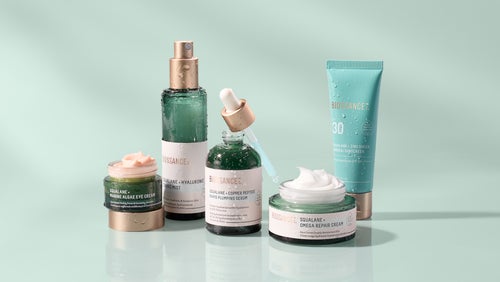
10 Summer Skincare Must-Haves for Brighter, Healthier, Hydrated Skin
1 – A Sheer Mineral Sunscreen Sunscreen is the most important step in your skincare routine for preventing skin cancer as well as signs of aging. Protect your skin from daily sun exposure with our Zinc Sheet Mineral Sunscreen that blends seamlessly into skin and grips makeup for extended wear. Natural zinc oxide blocks harmful […]

World Oceans Day Update: Our Partnership with Oceana
At Biossance, ocean conservation is part of our DNA. As we celebrate World Oceans Day, we wanted to pause to pay special attention to the important work of our sustainability partner, Oceana. What is Oceana? As the world’s largest international advocacy group focused solely on ocean conservation, Oceana is working to protect sensitive habitats and […]
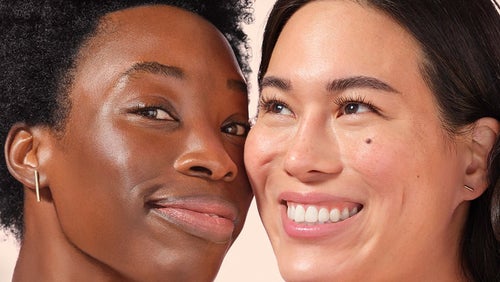
Our Esthetician-Approved Summer Skincare Routine
The summer solstice is almost upon us, and just as you adjust your wardrobe to the seasons, you should adjust to a summer skincare routine, too. Warmer temperatures and changes in humidity and lifestyle habits mean your skin’s needs are different from what they were during the colder months. “Many people notice their skin feels […]
